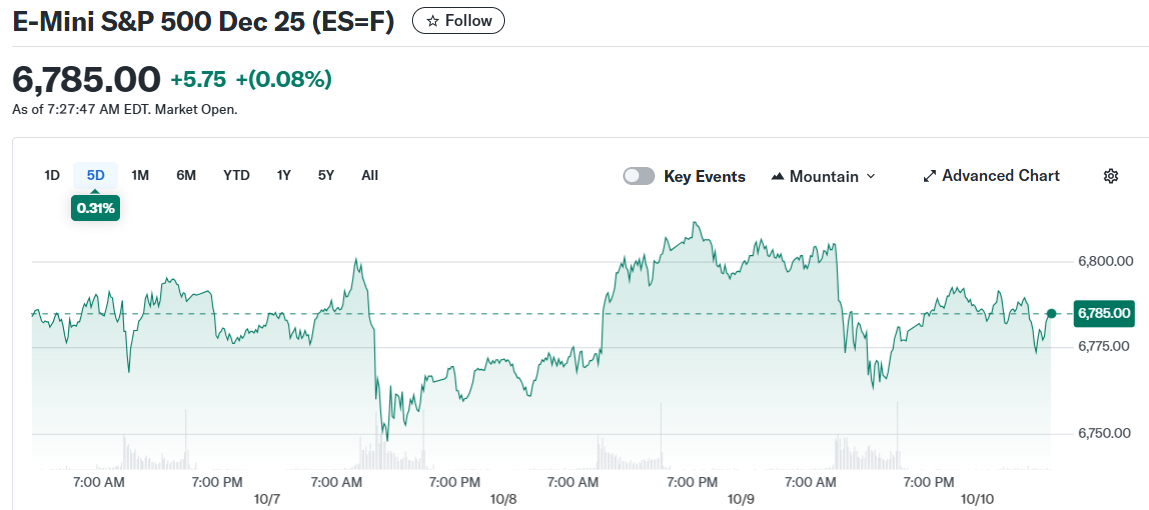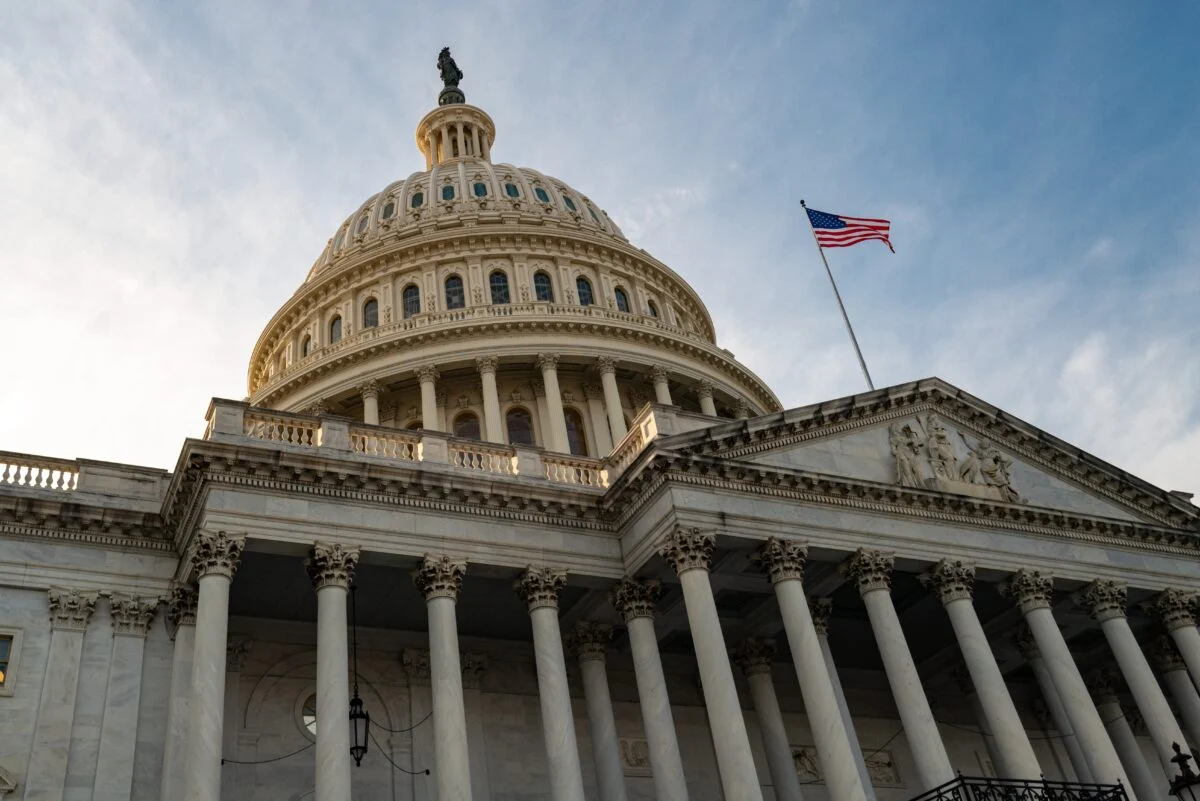TLDR
- More than 250,000 federal employees missed paychecks this week, with 2 million more expected to go unpaid by next week
- Flight delays have increased as air traffic controller shortages now cause over half of all late flights, costing the travel industry $1 billion weekly
- The IRS furloughed 34,000 employees, and the Taxpayer Advocate Service has completely shut down
- National parks operate with limited staff, Smithsonian museums close October 11, and the National Flood Insurance Program cannot issue new policies
- The Bureau of Labor Statistics recalled staff to prepare the Consumer Price Index report after postponing last week’s jobs report
The US government shutdown reached its tenth day on Friday with no resolution in sight between President Donald Trump and Congress. The impasse has started causing real problems for federal workers and everyday Americans.
Senator Schumer’s getting a lot of the blame for this shutdown—and Lord knows he deserves it.
But he isn’t really in control.
Rep. Ocasio-Cortez is calling the shots. pic.twitter.com/CcnKxV8izB
— John Kennedy (@SenJohnKennedy) October 9, 2025
Over 250,000 federal employees did not receive their scheduled paychecks this week. Another 2 million workers are expected to miss payments by next week. The Pentagon’s military payday on October 15 could become a political issue if troops go without pay for the first time in decades.
Air travel has become one of the most visible problems. Flight delays linked to air traffic controller staffing shortages have hit major airports including Dallas, Chicago, and Washington DC. Transportation Secretary Sean Duffy said staffing shortages now cause more than half of all late flights, up from the usual 5 percent.
The US Travel Association estimates the aviation problems are costing $1 billion in lost spending each week. Controllers are slowing traffic to maintain safety standards with reduced staff numbers.
Tax Services and Food Programs at Risk
The IRS sent home roughly 34,000 employees this week after carryover funds ran out. About 40,000 workers remain on duty to prepare for next year’s filing season and implement Trump’s new tax law. The Taxpayer Advocate Service has shut down completely.
The Women, Infants and Children nutrition program serves 8 billion dollars worth of benefits annually. It is being kept alive by a $150 million contingency fund that is almost empty. The White House said tariff revenue would be used to continue the program but has not explained how or when.
Supplemental Nutrition Assistance Program benefits cover 41 million Americans. Those food stamp payments are funded through the end of October only.
National parks remain open but with minimal staffing and limited bathroom services. The impact varies by state depending on cooperative agreements with local governments. Smithsonian museums and the National Zoo will close on October 11.
Homeowners in flood areas may lose coverage during hurricane season. The National Flood Insurance Program cannot issue new policies or renew expiring ones during the shutdown.
Economic Data Goes Dark
The shutdown is preventing the release of important economic reports. The Bureau of Labor Statistics postponed last week’s jobs report. However, staff were brought back to prepare the consumer price index for release by the end of October.
Other reports at risk include retail sales, housing starts, and business inventories from the Census Bureau. The Bureau of Economic Analysis suspended operations before its third-quarter GDP estimate scheduled for October 30. Without this data, the Federal Reserve and private forecasters cannot accurately track the economy.
Economists estimate the shutdown reduces gross domestic product by 0.1 to 0.2 percentage points for each week it continues. The economic impact could reverse once federal workers receive back pay after the shutdown ends.
Government Agencies Adapt
The Environmental Protection Agency began sending furlough notices Wednesday night. The agency’s contingency plan calls for furloughing almost 90 percent of employees once funds run out. This would halt most enforcement and permitting activities.
The Department of Homeland Security planned to bring back almost 1,800 workers for the second week. These recalls focus on top management, Coast Guard, and Customs and Border Protection staff.
Some Justice Department lawyers are being called back when judges decline to continue their court cases. IRS workers could be recalled as the tax filing season approaches.

Stock markets have shown uncertainty during the shutdown week. The S&P 500 and Nasdaq Composite are headed for small weekly gains, while the Dow Jones is tracking a decline. Nvidia shares helped limit broader market losses by reaching all-time highs.
The Bureau of Labor Statistics recalled furloughed staff to prepare the September Consumer Price Index report, originally scheduled for release on October 15.
Stay Ahead of the Market with Benzinga Pro!
Want to trade like a pro? Benzinga Pro gives you the edge you need in today's fast-paced markets. Get real-time news, exclusive insights, and powerful tools trusted by professional traders:
- Breaking market-moving stories before they hit mainstream media
- Live audio squawk for hands-free market updates
- Advanced stock scanner to spot promising trades
- Expert trade ideas and on-demand support



